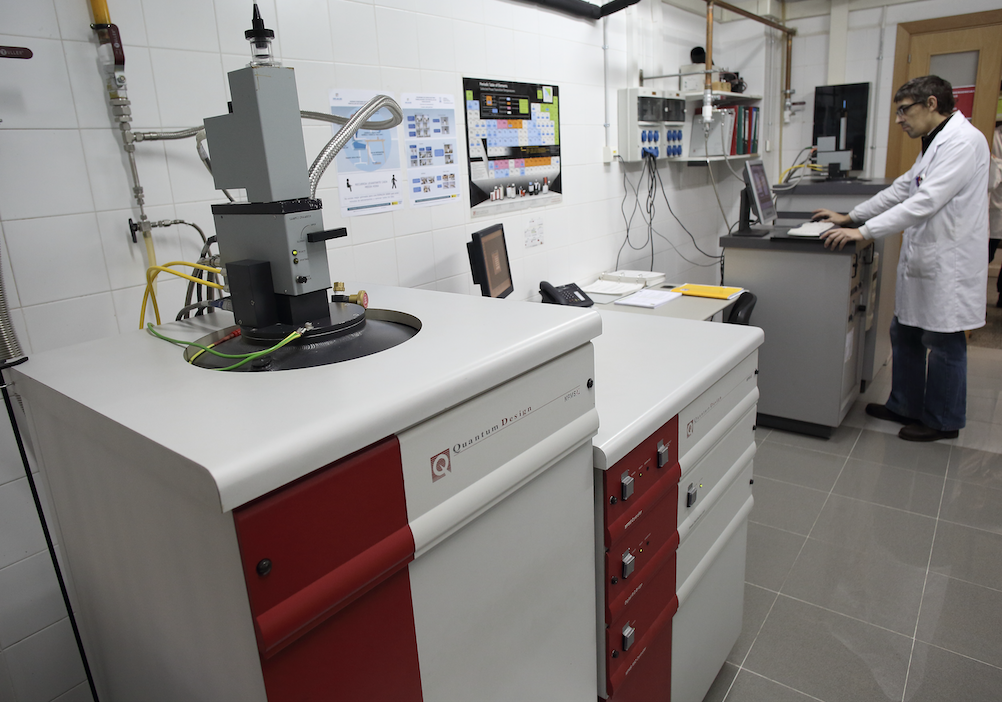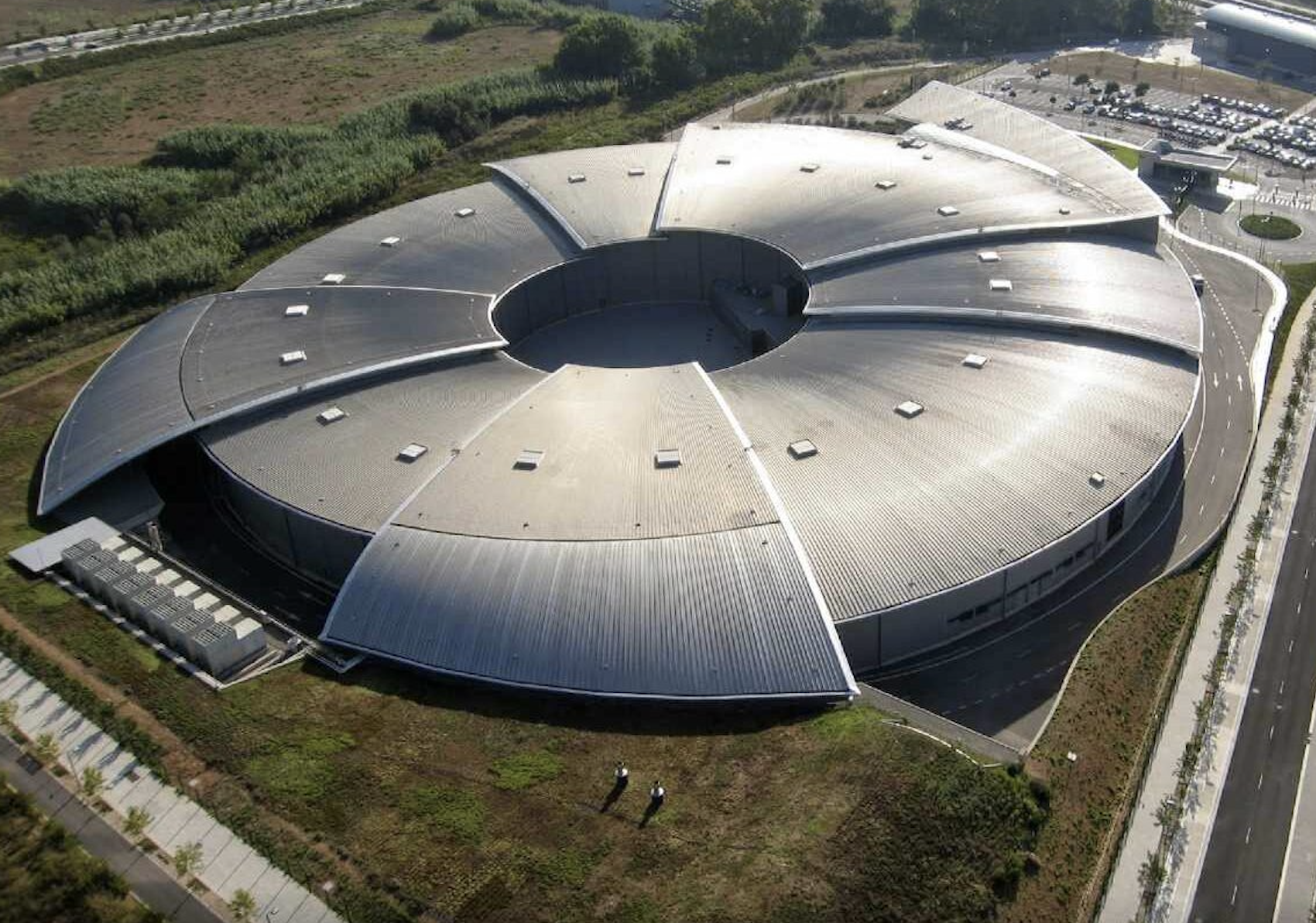Background and current status
Research on magnetic molecular materials has received strong attention in the last years for many reasons. In particular, molecular engineering offers far more possibilities than traditional inorganic and metallic synthetic routes to design multifunctional materials, often also considered smart materials, with the desired physical properties for specific applications. Examples are magnets with non-linear optical behaviour, strongly anisotropic conducting magnets, or the potential that single molecule magnets offer to develop devices for ultra high density data storage.
Among these materials, chiral materials generally show interesting physical phenomena related to the breaking of spatial symmetry, and open the possibility of combining electrical, optical and other properties in a single material, thus providing new multifunctional properties.
In addition to their scientific interest, materials of this category may also open an area for new applications as it has been proposed regarding the crucial role that magnetic chirality can play in spintronic devices where spin and electron charge are used for data transmission.
Thus it is clear that chirality, in general sense, will be closely related with multifunctionality. However there are not so many examples of molecular materials with coupled magnetic and electrical properties, which would attract much interest from the point of view of spintronic devices. Some of the described examples are the multiferroic molecular materials, in which magnetic (non collinear) and electrical order coexist, opening a vast world of technological perspectives, especially when the magneto-electric coupling is important.
For example, there are theoretical predictions about multiferroic ordering in compounds based on p-NPNN radicals in triangular topology networks, or new phenomenology (3D spin liquid) is anticipated in compounds with hyper-Kagome topology based on organic radicals. Obviously, in these purely organic magnets the origin of magnetic chirality, if any, would be related to the concept of magnetic frustration, as they are highly isotropic systems
Recent achievements
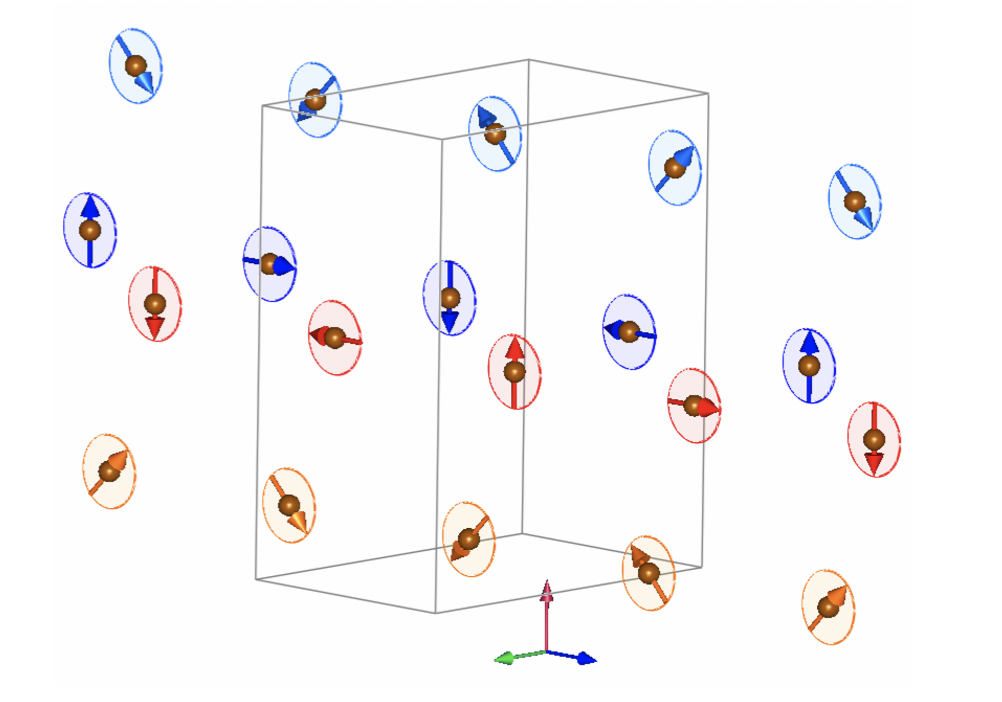
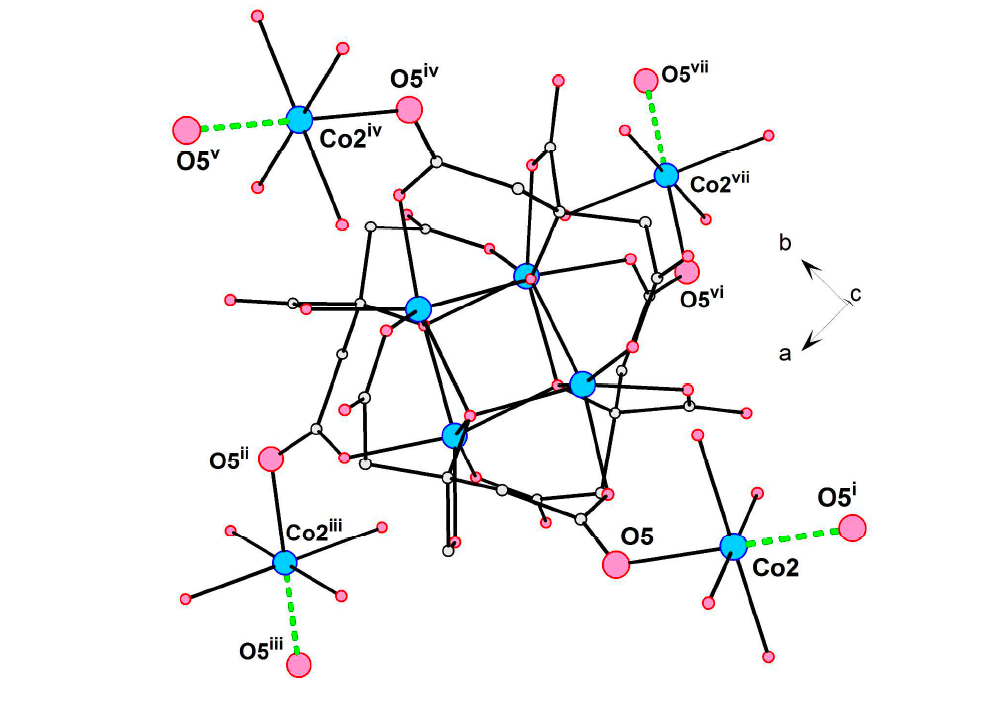
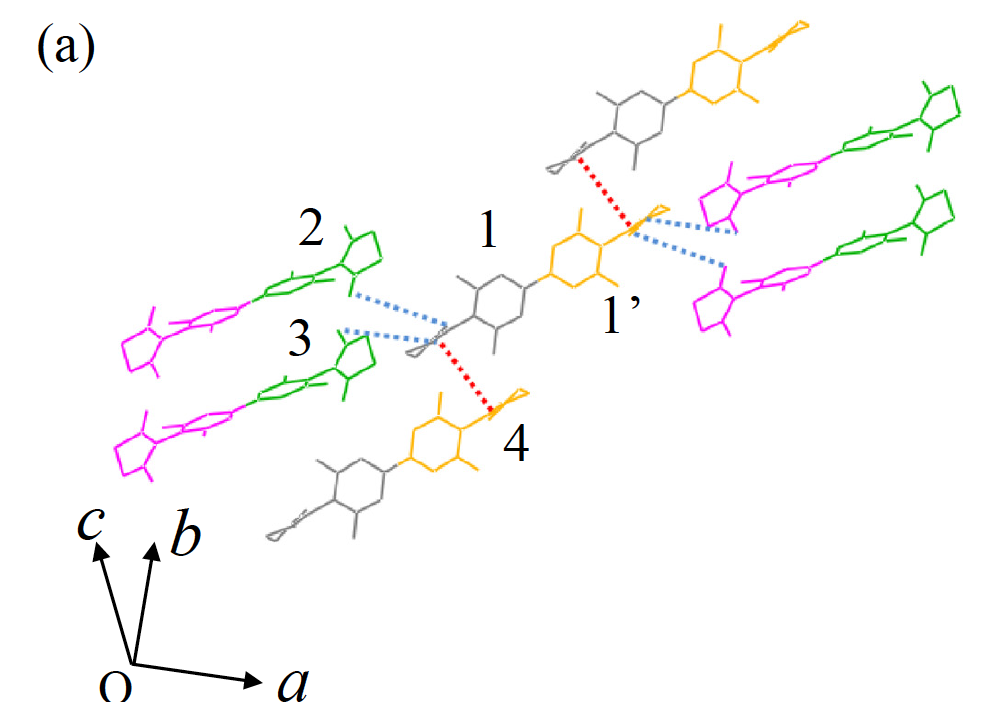
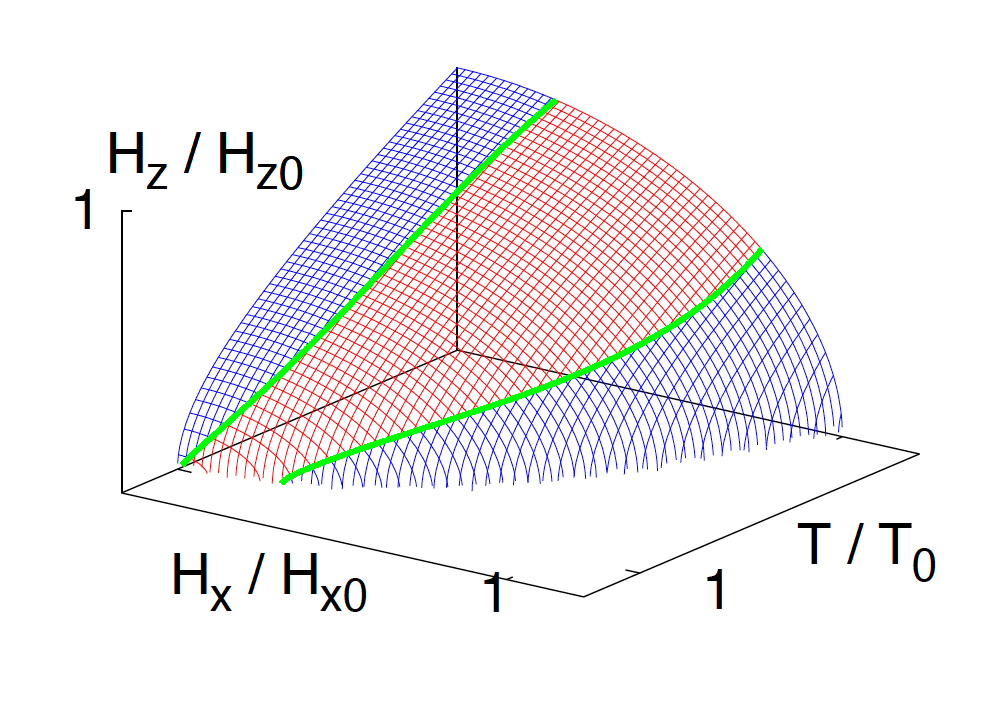
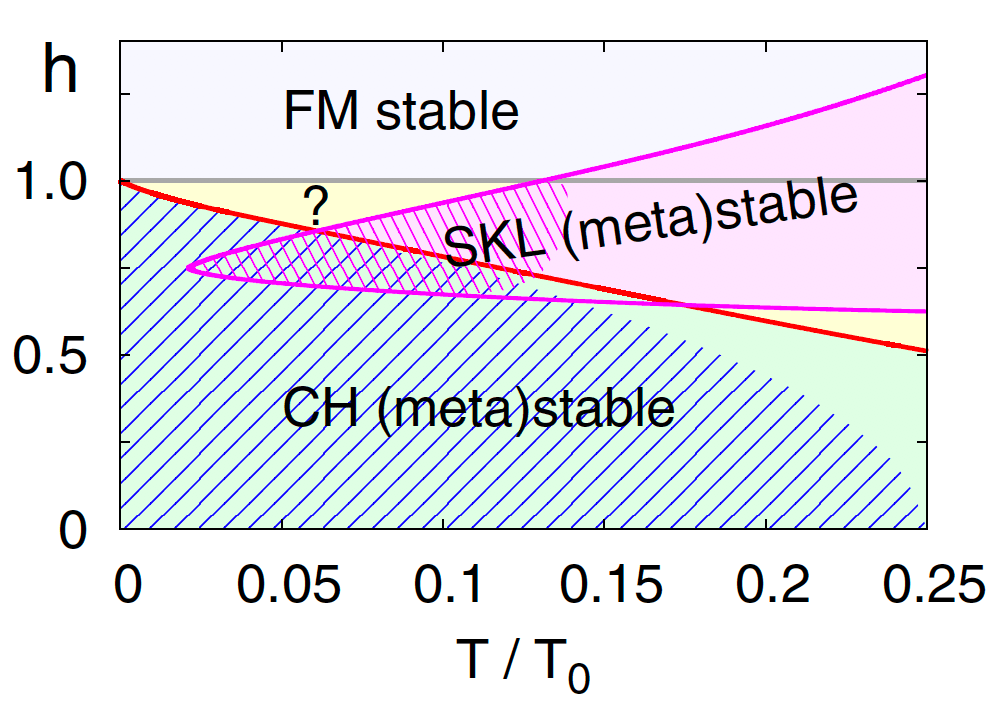
Present Goals
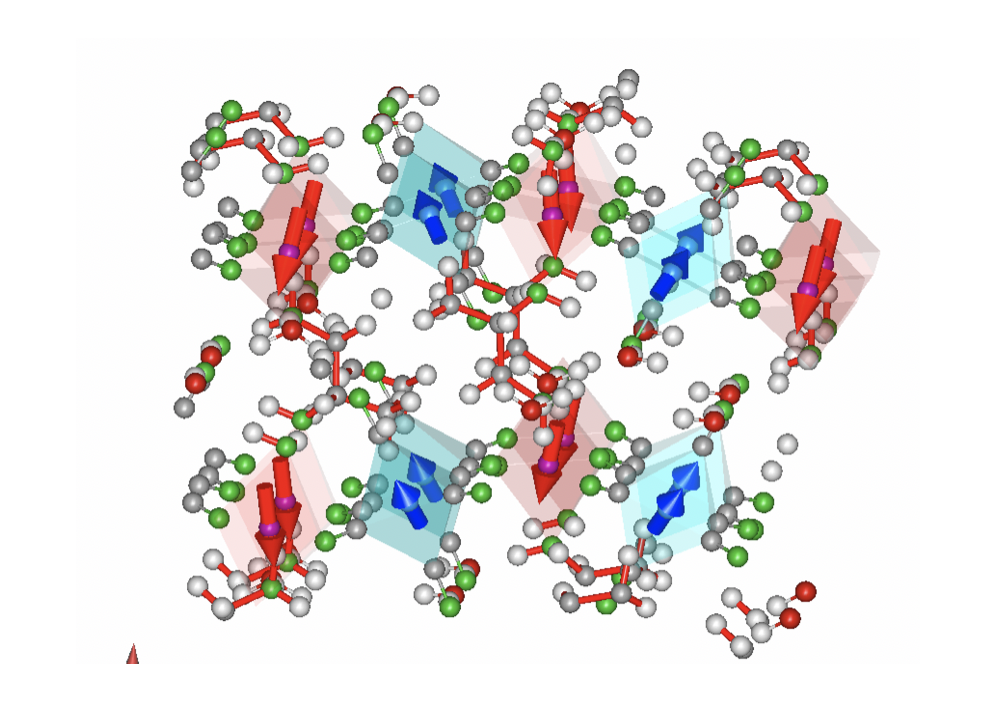
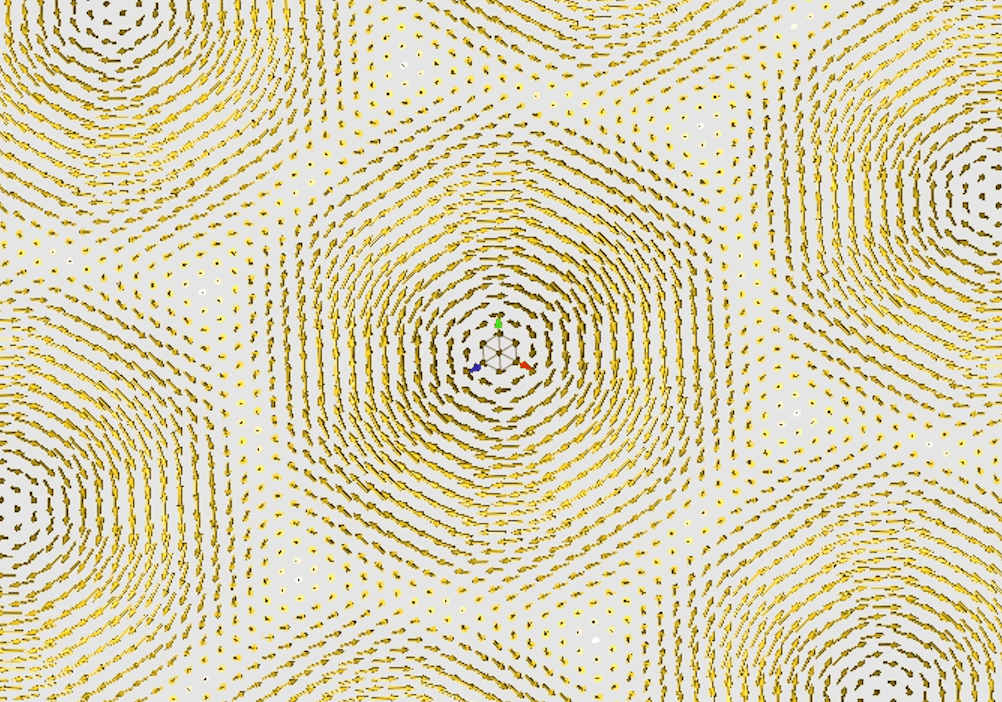
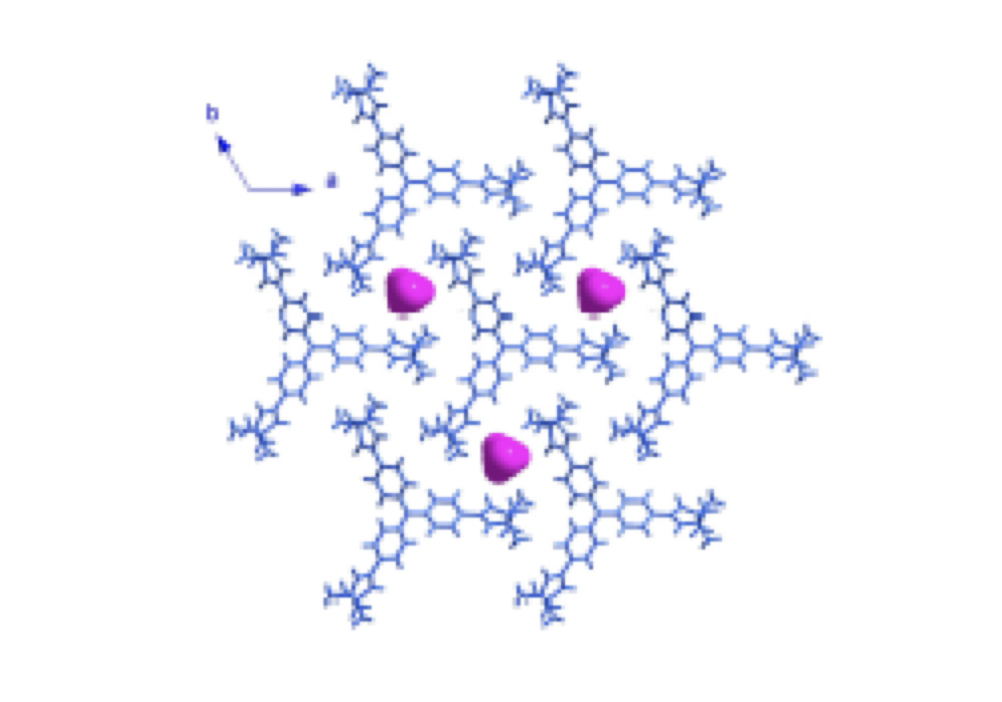
Last projects
Magnonics in chiral magnets
Deeper exploration of the reciprocal space of MnSi at low temperatures to search for new magnetic textures
Magnetic chirality induced by frustration in purely organic molecular magnets
Quiralidad Magnética En Materiales Moleculares Magnéticos y Multifuncionales (ChiMag)
PGC-2018-099024-B-I00 MICIU (2019 – 2021)
Preparación y estudio de Materiales Magnéticos Multifuncionales de carácter Molecular
Gobierno de Aragón – Gr. Consolidado E11_R17 (2017-19)
Chirality and frustration in magnetic materials
CSIC (I-LINK) (2017-2018)
Materiales moleculares magnéticos multifuncionales para conducción en cristales flexibles y control de quiralidad magnética
MAT-2015-68200-C2-2-P (M4c2m) Ministerio de Economía y Competitividad (2016-2018)
Highlights
Experimental Techniques
Typical experimental techniques employed frequently in these investigations

